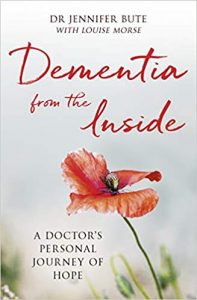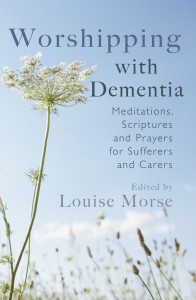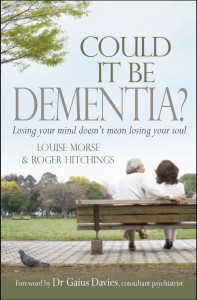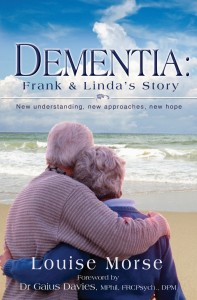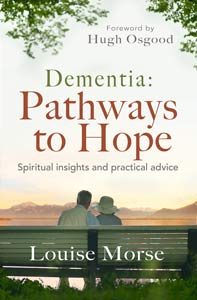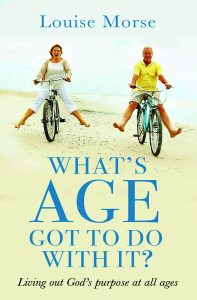If you are a slow walker you may need to get a wiggle on, according to research published recently. Seems that elderly people with slower walking speeds tend to die sooner than those who can manage a brisk pace. Slower walking has also been linked to a higher risk of dementia and decline.**
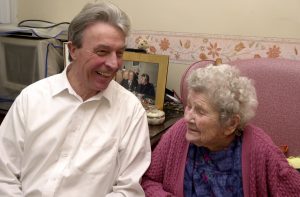
Perhaps an example of the benefits of fast walking was one of our residents, aged 101, whose son (76) told me she was known for her fast walking and often jogging , even into her 90s. We met when she was 101 and was as sharp as the proverbial tack.
But if you are a slow walker you can change things! A 2018 University of Sydney study found that, compared with walking at a slow pace, walking at an average pace was associated with a 20 per cent risk reduction for all-cause mortality. While walking at a brisk or fast pace (five to seven kilometres per hour) was associated with a risk reduction of 24 per cent. It was the same with heart disease, where walking at an average pace (not slowly) reduced risk by 24 percent.
You can also walk with poles to increase your exercise benefits. It’s called Nordic walking, or pole walking, and was started by skiing athletes who couldn’t always get to the slopes. Now it’s enjoyed by non-athletes as well. Compared to regular walking, Nordic walking exercises more of the body.










